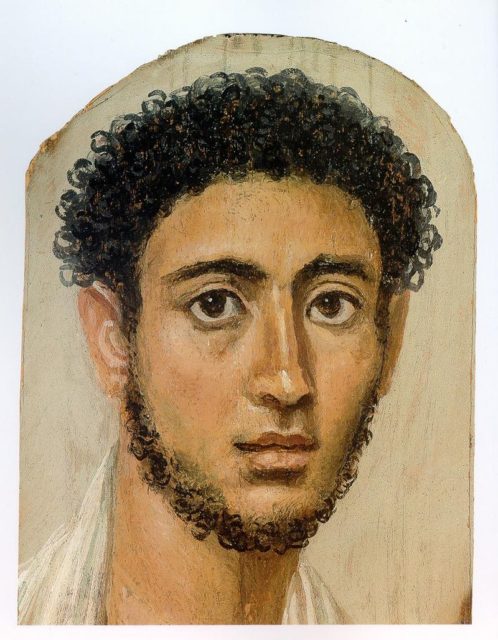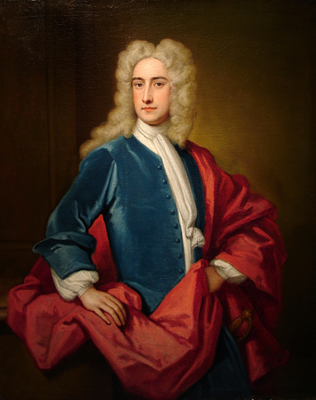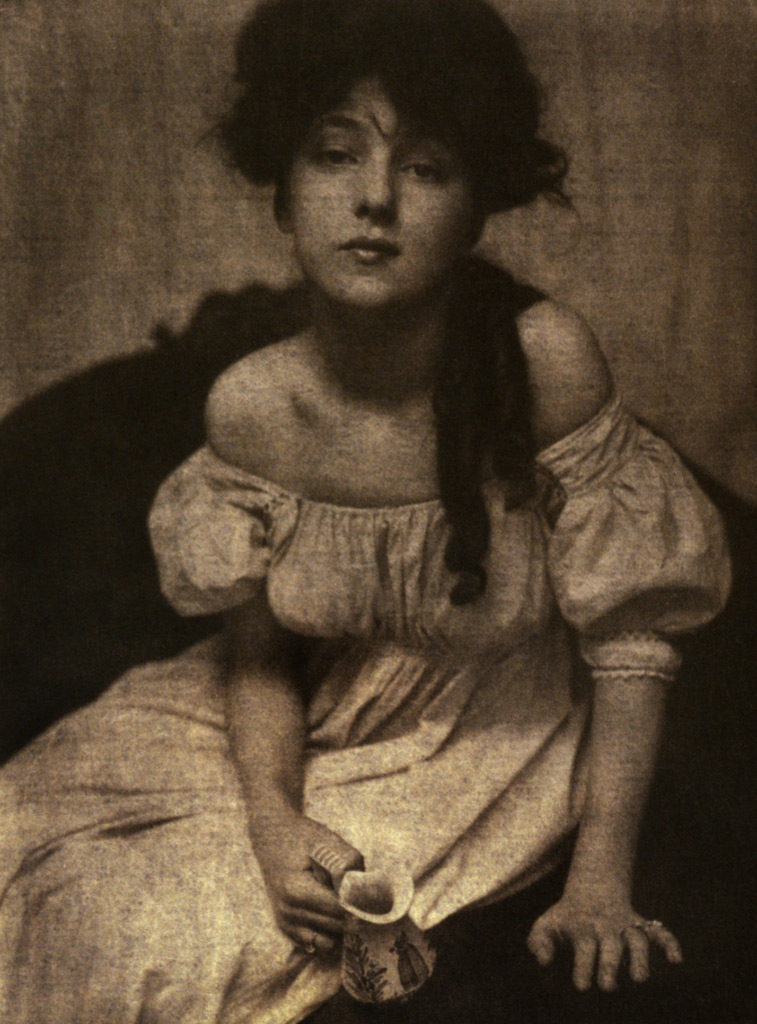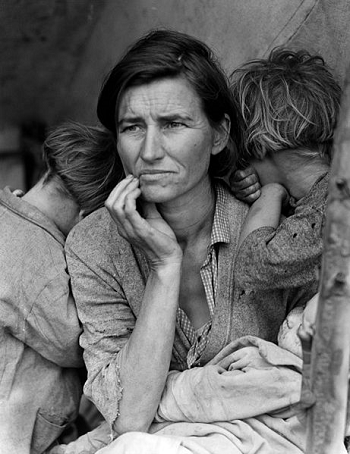Historical Purpose of Portraits
A portrait is a representation and the showing of a particular person. A self portrait is a portrait done by the artist of them self.
Portraits can be dated back to the Ancient Egyptians from about 5,000 years ago where they began to be used and created.
Before photography was introduced, portraits were painted, sculpted or drawn as this was the only way to record the way that someone looked. Portraits were used to record people in history as well as represent someone’s wealth, status or beauty.
Historically, portrait paintings have primarily memorialized the rich and powerful. Over time, however, it became more common for middle-class patrons to commission portraits of their families and colleagues. Today, portraits are still commissioned by governments, corporations, groups, clubs, and individuals.

Renaissance Turn of Portraits
The Renaissance marked a turning point in the history of portraiture. Portraits—both painted and sculpted—were given an important role in Renaissance society and valued as objects, and as depictions of earthly success and status.

1800’s Photography
The invention of photography can be credited to Louis Daguerre, who first introduced the concept to the French Academy of Sciences in 1839. That same year, Robert Cornelius produced what is considered the first photographic self-portrait.

In addition to portraits of famous people and family members, portrait photography became a way to preserve history. 90 Native American delegates visited Washington D.C. in 1857 to conduct treaty and trade negotiations. While they were there, they were photographed by Samuel Cohner and Julian Vannerson.
Camera’s For Everyone (1900 – 1984)
Photography became more common when the Eastman Kodak Company introduced the Kodak No. 1 camera in 1888. Kodak made photography easier for everyone by doing the developing and sending the reloaded camera and developed prints back to the customer. These cameras made photography more accessible to the general public. Their 1900 Brownie Box camera was the first mass market camera. The turn of the century also embraced photography as an art form.
Stieglitz and the Photo-Secession
This time period also introduced Alfred Stieglitz, one of the first people to become famous for making photography an art form. In 1902, he and a group of friends founded the Photo-Secession movement. This movement sought to make photography less commercial and more of an art form.

Photojournalism and the picture story vs Documentary (long-form) photography
Photojournalism really started to take shape when photographers could easily transport cameras into war zones. The “Golden Age of Photojournalism” is often considered to be roughly the 1930s through the 1950s. It was made possible by the development of the compact commercial 35mm Lecia camera in 1925, and the first flash bulbs between 1927 and 1930, which allowed the journalist true flexibility in taking pictures.
Yet photojournalism is not just about war or photographers working the beat for a local newspaper. It’s much more than that. Photojournalism tells a story and it often does so in a single photograph. They evoke a feeling, whether its astonishment, empathy, sadness, or joy.
That is the mark of photojournalism; to capture that single moment in time and give viewers the sense that they’re part of it.
Documentary Photography
The turn of the century continued to use portrait photography for documentary uses. In 1906 Lewis Hine was hired to document the conditions that child labor workers had to deal with in different factories throughout the U.S. His photographs were used to help pass child labor reforms, like the Fair Labor Standards Act of 1938, which banned oppressive child labor.
In 1914, the U.S. State Department began requiring photographs on all passports.
The stock market crash in 1929 led to the next round of documentary portraiture. In 1935, photographers were hired to document what was going on in the farmlands of America. The Resettlement Administration, which later became the Farm Security Administration, wanted to see through photographs how the farmers were living. The New Deal offered several programs for artists and photographers, such as the Works Progress Administration. People hired for the WPA documented life throughout America. One famous WPA photographer was Dorothea Lange, who profiled the plight of farmers in America.

